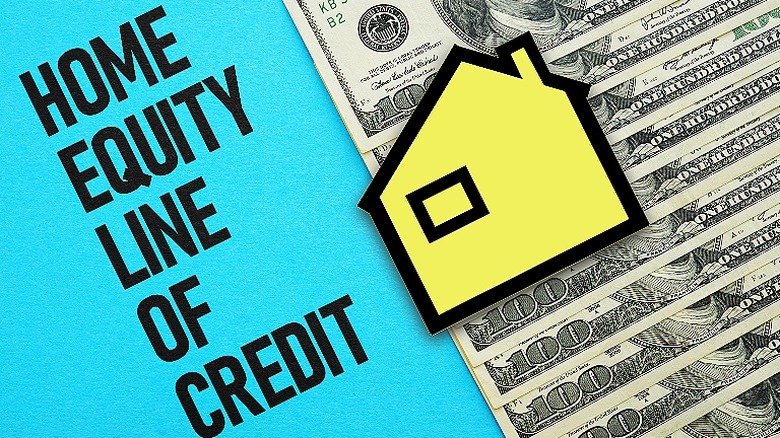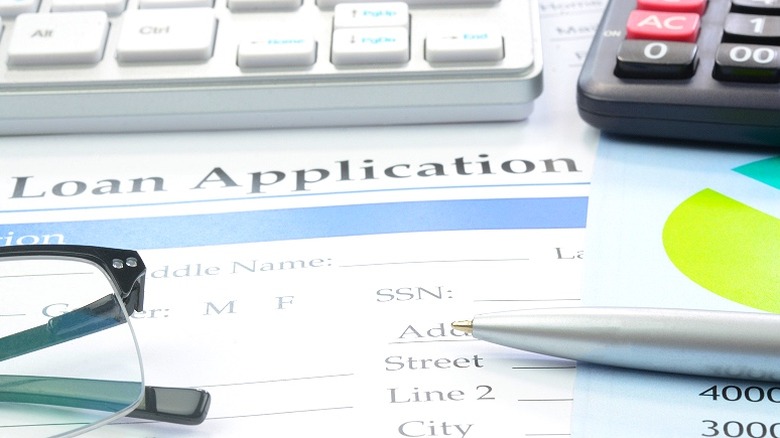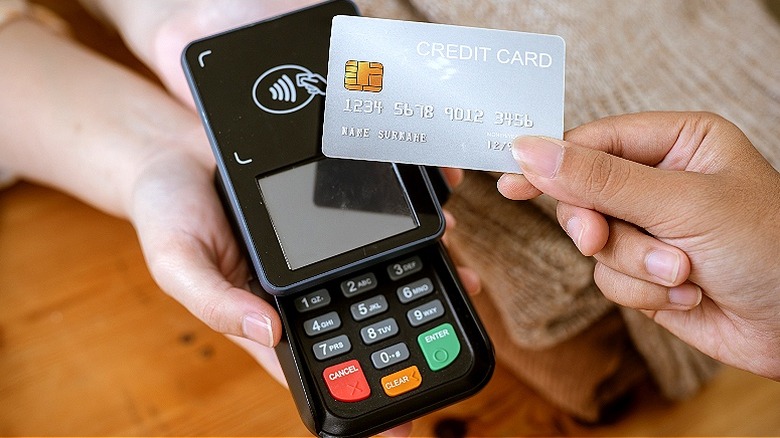How To Choose The Best Home Improvement Loan For Your Renovation
Improving your home can be a major decision that affects your lifestyle and wallet, regardless of whether it takes place after a breakdown in one of your home's major systems or simply as a quality-of-life change aimed at introducing enhanced comfort. While determining the scope of the work itself is essential, financing the change is perhaps the most important aspect of this decision-making process. Some people will save diligently to fund their home improvement projects in cash, but this isn't always possible, in fact, it's somewhat of a rarity. You might consider tapping into your emergency fund to make the updates, especially if the project comes on the heels of an emergency repair situation. However, this isn't generally going to offer the best use of these funds designated specifically to secure your family finances in the event of troubled waters.
This leaves the use of a lending project as the primary means of funding the renovation. Some commentators might suggest that all debt is bad (like Dave Ramsey), but debt is simply a financial product that allows you to access your future funds in the present. These products come with a price tag, of course, but some are immensely favorable, especially when funding an important home improvement project.
The HELOC, a home equity loan, or cash-out refinancing
The first category of home improvement loan to consider falls under the aegis of the secured loan moniker. HELOC financing, a home equity loan (one secured by the home itself), or a cash-out refinancing can all be solid options to introduce cash into your renovation budget. The idea here is to use the equity you have built in your home to create new value in the property. This is both an effort to boost its financial value and the day-to-day value the home brings to your lifestyle.
Each of these financing options will tap into the ownership amount you hold in your property, but they accomplish this in different ways. A HELOC acts sort of like a credit card account, with a line of credit you can draw from today to finance your renovation, and then begin paying back later, once the draw period ends — perhaps 10 years down the line. This separates your spending needs from the repayment period for good cash flow management and is a good choice for homeowners who have spent years paying off their mortgage and have built up solid equity in their property. You'll need a home-equity figure of at least 20% to use a HELOC, plus a good debt-to-income ratio and credit score.
Cash-out refinancing does what its name says: It refinances your home loan with new terms and a cash-out figure attached to the new loan amount. Alongside a home equity loan — that is, a secured financing option that adds a new loan obligation to your plate now — you'll start paying off these loan options straight away as they act like more traditional financing tools. All three options are tied to your home, however, so missing repayments can lead to foreclosure.
Unsecured personal loans and FHA 203(k) loans
Unsecured financing is also on the table for renovators looking to fund their home project. A personal loan is perhaps the most typical lending project available, and one that virtually everyone will be at least casually familiar with. Banks offer personal loans in all types of named subcategories and may offer different interest rates on different use-case branded loan types. No matter how you slice it, though, an unsecured personal loan will cost you more to maintain than a secured-financing option. Without the recourse to take an asset to satisfy the debt in the event of default, banks charge higher rates to make up for their risk.
This said, another option is the FHA 203(k) loan. It's a federally backed program designed to help homeowners and buyers pay for essential repairs. To use a limited 203(k) loan, you'll need to limit your improvement spending to $35,000; with it, you can tackle repairs identified by either an FHA appraiser, home inspector, or your own assessment. These funds can be used to prepare a home for your move in or for a home sale, and aren't limited in this kind of use-case arena.
Standard 203(k) options allow for more extensive repairs but can't be used on properties falling outside FHA mortgage limits. These mortgage loan types work well when tackling repairs on a fixer upper in particular and have generally less stringent credit score requirements (620 for eligibility here). (Here, by the way, are the easiest ways to raise your credit score, if you need to.)
The dreaded credit card swipe!
For many renovation needs, using a credit card is a financing option best left on the table. Credit cards make for good budget-management tools, as long as you're able to consistently pay off your balances before they start to bear interest. Interest rates on credit card accounts are among the highest of any lending product you'll find, making them a very poor choice for any spending that will roll over from month to month before being paid off. Remember, the longer you leave a balance to sit on your card statement the more expensive the purchase will ultimately become as interest additions send the total cost sky high.
Of course, if you're working on a DIY renovation project and will be purchasing supplies yourself, utilizing your card might be beneficial in some instances. Small to medium-sized home improvement projects may fall entirely under the umbrella of quick payoff, making your card a quality solution that allows you to accrue rewards. Larger projects shouldn't really even entertain the use of a credit card, though. In very specific conditions, this can be a good tool, but it's often a great way to find yourself in a deep financial hole. There are plenty of things you should always use a credit card to pay for, but this category just isn't one of them.



